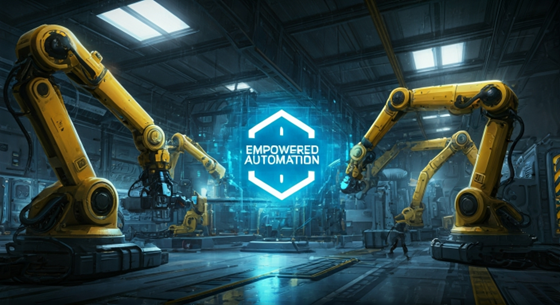The OPC standard allows production and economic applications to easily access field information in real-time, promoting seamless interoperability between different equipment. It also facilitates convenient "plug and play" connectivity. Integrating, developing, and assembling process automation or control systems offer more flexibility and lower costs.
An OPC server, without a doubt, operates in a remarkably similar manner to an API or protocol converter application. It seamlessly bridges the gap between different systems and protocols, enabling smooth communication and data exchange. Just like an API or protocol converter application, an OPC server effortlessly handles data conversion, ensuring compatibility and seamless integration between various devices and software. It serves as a robust intermediary that guarantees efficient and reliable communication between systems, leaving no room for errors or bottlenecks.
OPC servers were specifically and ingeniously designed to enable absolutely seamless and flawless communication between production and economic computer systems. Their primary purpose is to ensure that there are no obstacles or hindrances in the transmission of vital information, allowing for a highly efficient and productive exchange of data between these crucial systems. Significant challenges have emerged due to the glaring and frustrating incompatibilities that exist between custom communication interfaces and automation hardware and software from various vendors. These incompatibilities create unnecessary complications, hindering smooth operations and impeding efficiency in the workplace. It is imperative that these issues are addressed promptly to eliminate any further delays or setbacks.
The OPC specifications clearly define a standard COM (Component Object Model) interface that must be implemented for industrial applications in order to acquire and control data.
The specifications clearly outline the protocol for defining objects, determining their properties, and standardizing function calls and events. To successfully accomplish these tasks, the OPC is composed of a diverse range of data sources.
Input and output devices play an absolutely crucial and indispensable role in a wide range of systems. They are the backbone of communication and interaction, enabling seamless data exchange between users and machines. Without these devices, the functionality and effectiveness of various systems would be severely compromised. The comprehensive range of components that make up these systems includes highly advanced data acquisition devices, powerful actuators, efficient communication bus systems, and cutting-edge programmable logic controllers (PLC). These components work in perfect harmony to ensure seamless operation and optimal performance. The comprehensive specifications rigorously encompass numerous critical aspects, including well-defined protocols for seamlessly working with state-of-the-art data control systems (DCS) and cutting-edge database applications. These OPC SCADAs are not just limited to basic functions. They go above and beyond by providing clear and concise instructions on how to access online data, efficiently control alarms and events, and easily retrieve crucial data logs from various sources.
The COM interfaces utilized in the OPC architecture provide a convenient mechanism for extending OPC functionality. The architecture and design of OPC servers enable client applications to access data from multiple OPC servers, even if they are from different vendors and running on different nodes.
Nowadays, all commercially available SCADA systems, process control systems, and PC-based controllers come with free OPC client interfaces. You have the ability to access any OPC server effortlessly without incurring additional expenses. The OPC interface is advantageous because it does not have any limitations on specific manufacturers, products, or hardware.
The technology efficiently handles various tasks such as clearly distinguishing between server and client applications, seamlessly integrating product-specific features, and allowing for smooth upgrades or replacements with newer or different products. OPC communication between components running different operating systems and via the Internet can be achieved easily, thanks to its independence from the platform.







